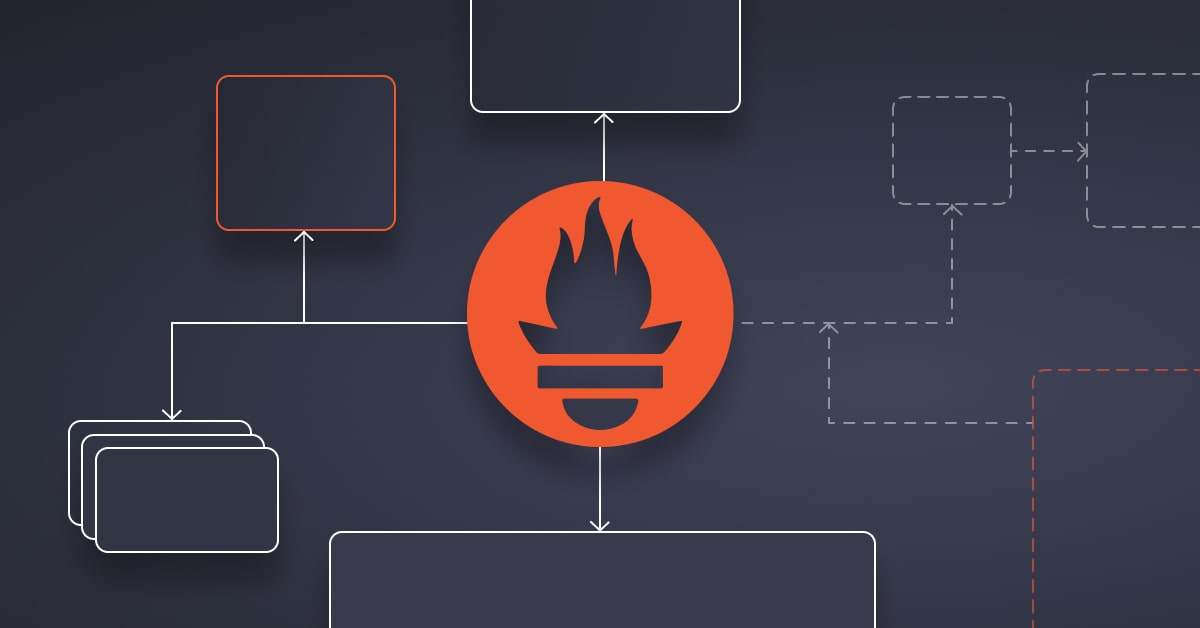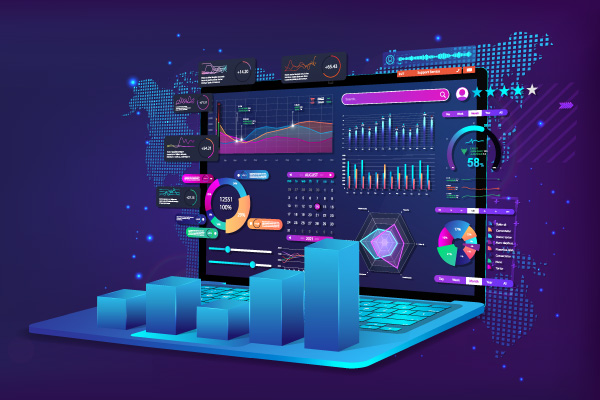Introduction to Prometheus
1.1. What is Prometheus?
1.1.1. Overview of Prometheus and Its Features
1.1.2. The Prometheus Ecosystem: Exporters, Alertmanager, and Pushgateway
1.1.3. Understanding Time-Series Data in Prometheus
1.1.4. Prometheus Architecture
1.1.5. Pull-Based Data Collection Model
1.1.6. Components of Prometheus: Server, Exporters, and Targets
1.1.7. Use Cases and Benefits of Prometheus
Installing and Configuring Prometheus
2.1. Installing Prometheus
2.1.1. Installation on Linux (Ubuntu/CentOS)
2.1.2. Configuration Files and Basic Setup
2.1.3. Prometheus Server Overview
2.1.4. Setting Up the Prometheus Dashboard
2.1.5. Navigating the Web Interface
2.1.6. Configuring Targets and Jobs in prometheus.yml
2.1.7. Introduction to Prometheus Query Language (PromQL)
Working with Prometheus Exporters
3.1. What are Exporters?
3.1.1. Understanding Prometheus Exporters for Metrics Collection
3.1.2. Setting Up Common Exporters (Node Exporter, cAdvisor)
3.1.3. Writing Custom Exporters for Application Metrics
3.1.4. Monitoring System and Application Metrics
3.1.5. Monitoring Linux Servers with Node Exporter
3.1.6. Monitoring Docker Containers with cAdvisor
3.1.7. Collecting Metrics from Custom Applications
PromQL: Querying and Visualizing Metrics
4.1. Introduction to PromQL (Prometheus Query Language)
4.1.1. Basic Syntax and Concepts in PromQL
4.1.2. Querying Metrics with Prometheus: Examples and Best Practices
4.1.3. Aggregating and Transforming Data with PromQL Functions
4.1.4. Visualizing Metrics in the Prometheus Interface
4.1.5. Using the Prometheus Graph Interface
4.1.6. Querying and Creating Graphs with PromQL
4.1.7. Custom Dashboards for Real-Time Monitoring
Setting Up Alerts with Alertmanager
5.1. Overview of Alertmanager
5.1.1. How Alertmanager Works with Prometheus
5.1.2. Setting Up Alerting Rules and Thresholds
5.1.3. Configuring Alertmanager in prometheus.yml
5.1.4. Managing and Routing Alerts
5.1.5. Defining Alert Groups and Receivers
5.1.6. Sending Alerts via Email, Slack, and Webhooks
5.1.7. Using Silences and Inhibitions to Manage Alerts
Visualizing Prometheus Data with Grafana
6.1. Introduction to Grafana
6.1.1. Setting Up Grafana for Prometheus Visualization
6.1.2. Integrating Prometheus with Grafana
6.1.3. Creating Custom Dashboards and Panels in Grafana
6.1.4. Building Advanced Visualizations
6.1.5. Building Real-Time Dashboards for Monitoring
6.1.6. Customizing Graphs, Tables, and Alerts in Grafana
6.1.7. Sharing and Exporting Dashboards for Team Collaboration
Scaling and Managing Prometheus
7.1. Scaling Prometheus for Large Infrastructures
7.1.1. Handling High Data Ingestion Rates
7.1.2. Using Prometheus Federation for Large-Scale Monitoring
7.1.3. Managing Storage and Retention Policies
7.1.4. Optimizing Prometheus Performance
7.1.5. Best Practices for Efficient Metrics Collection
7.1.6. Reducing Storage Usage with Prometheus Compaction
7.1.7. Using Remote Write for Long-Term Storage
Advanced Monitoring with Prometheus
8.1. Monitoring Kubernetes with Prometheus
8.1.1. Setting Up Prometheus in a Kubernetes Environment
8.1.2. Using Prometheus with Helm and Prometheus Operator
8.1.3. Collecting Kubernetes Metrics with kube-state-metrics
8.1.4. Integrating Prometheus with Other Systems
8.1.5. Integrating Prometheus with Tools like Alertmanager, Thanos, and Grafana Loki
8.1.6. Monitoring Cloud Infrastructure (AWS, Azure, GCP) (Ref: AWS Fundamentals)
8.1.7. Using Service Discovery with Dynamic Environments
Security and Best Practices
9.1. Securing Prometheus
9.1.1. Implementing Authentication and Authorization
9.1.2. Configuring TLS for Prometheus and Alertmanager
9.1.3. Best Practices for Protecting Metrics Data
9.1.4. Backup and Recovery
9.1.5. Backing Up Prometheus Data
9.1.6. Disaster Recovery for Prometheus Instances
9.1.7. Configuring High Availability for Prometheus
Conclusion and Case Studies
10.1. Review of Key Learnings
10.1.1. Summary of Prometheus Features and Use Cases
10.1.2. Practical Monitoring Scenarios and Solutions
10.1.3. Real-World Case Studies
10.1.4. Case Studies of Prometheus Deployments in Enterprises
10.1.5. Industry-Specific Use Cases (Finance, Healthcare, E-Commerce)
10.2. Next Steps
10.2.1. Advanced Learning Paths and Prometheus Certification
10.2.2. Additional Resources for PromQL, Exporters, and Integration
Reference







Reviews
There are no reviews yet.